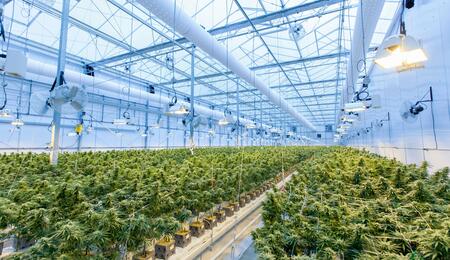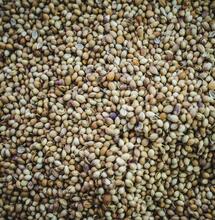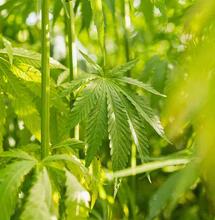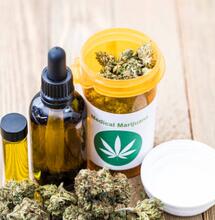Is cannabis legalisation shrinking the black market?

One of the main goals of cannabis legalisation in Canada was to eliminate the black market and reduce the profits of criminal organisations. Following its implementation, data reveals considerable achievements, but also persistent challenges.
Cannabis legalisation in Canada has significantly reduced the illegal market. Spending on legal cannabis has exceeded 70% of the total five years after legalisation.
The lower price of illegal cannabis remains an obstacle to eradicating the black market. Marketing and packaging restrictions limit the competitiveness of the legal market.
What Has Been The Immediate Impact of Legalisation
Since the legalisation of recreational cannabis, Canada has seen a significant drop in cannabis-related crimes, as well as in the illegal market share. At the time recreational cannabis was legalized, the illegal market accounted for 88.2%, whilelegal cannabis only accounted for a tiny fraction.
Five years later, legal cannabis accounted for over 72% of the market, while the illegal market had shrunk to 24.3%. Despite initial success, the illegal market remains competitive. This is primarily due to factors related to consumer behaviour. According to rational choice theory, consumers evaluate cost, quality, and availability before making decisions. In this analysis, illegal cannabis generally wins.
Legal cannabis costs, on average, almost twice as much as illegal cannabis ($10.30 vs. $5.73 per gram in 2019). This difference is significant, so many consumers continue to opt for the illicit market. The legal price is affected by taxes, packaging requirements, operating costs, and regulatory restrictions.
Laws prohibit the promotion of legal cannabis about its price, availability, lifestyle, or through testimonials and celebrities. This prevents the legal market from competing with the free strategies of the illegal market, which can freely offer offers, promotions, or differentiated products.
How can the illegal market be further reduced?
Consumer Education
Informing the population about the benefits of consuming legal cannabis (a product that is tested, labelled, traceable, and can be withdrawn in case of problems) can reduce the appeal of the black market. Illegal cannabis can contain dangerous contaminants such as heavy metals, mould, pesticides, or false levels of THC and CBD.
Marketing Regulation Reform
Allowing legal sellers to communicate prices, promotions, and testimonials, and link the product to lifestyles would help attract more consumers to legalisation. Relaxing packaging regulations are also recommended to allow for better brand differentiation.
Inclusion of Illegal Market Players
Creating legal pathways for those who have worked in the black market to integrate into the regulated system, as US provinces such as Massachusetts and Illinois have attempted, can also reduce illicit activity, especially in marginalisedcommunities with fewer economic opportunities.
The legalisation of cannabis in Canada has demonstrated that it is possible to reduce the black market, but not completely eradicate it without additional reforms. Pricing, marketing regulation, and consumer education are decisive factors in achieving a more competitive and accessible legal market. Furthermore, integrating former illicit market players into the regulated system can be key to permanently closing the gap between the two worlds.
More From Soft Secrets:
One in Five UK Police Think Medical Cannabis is Still Illegal







